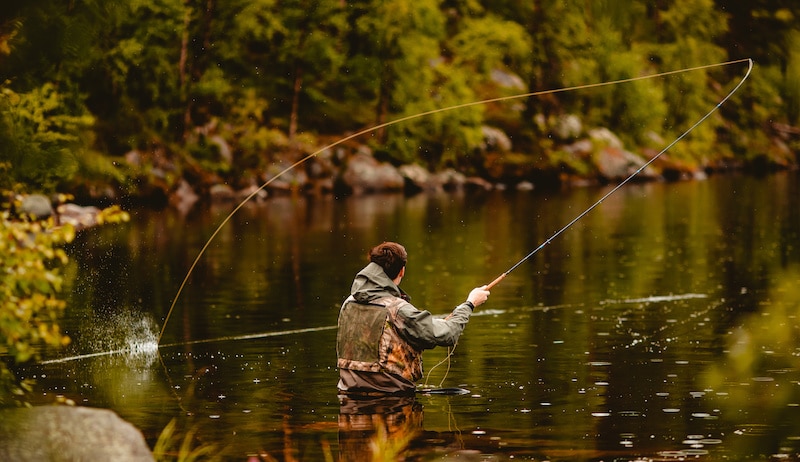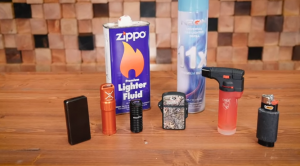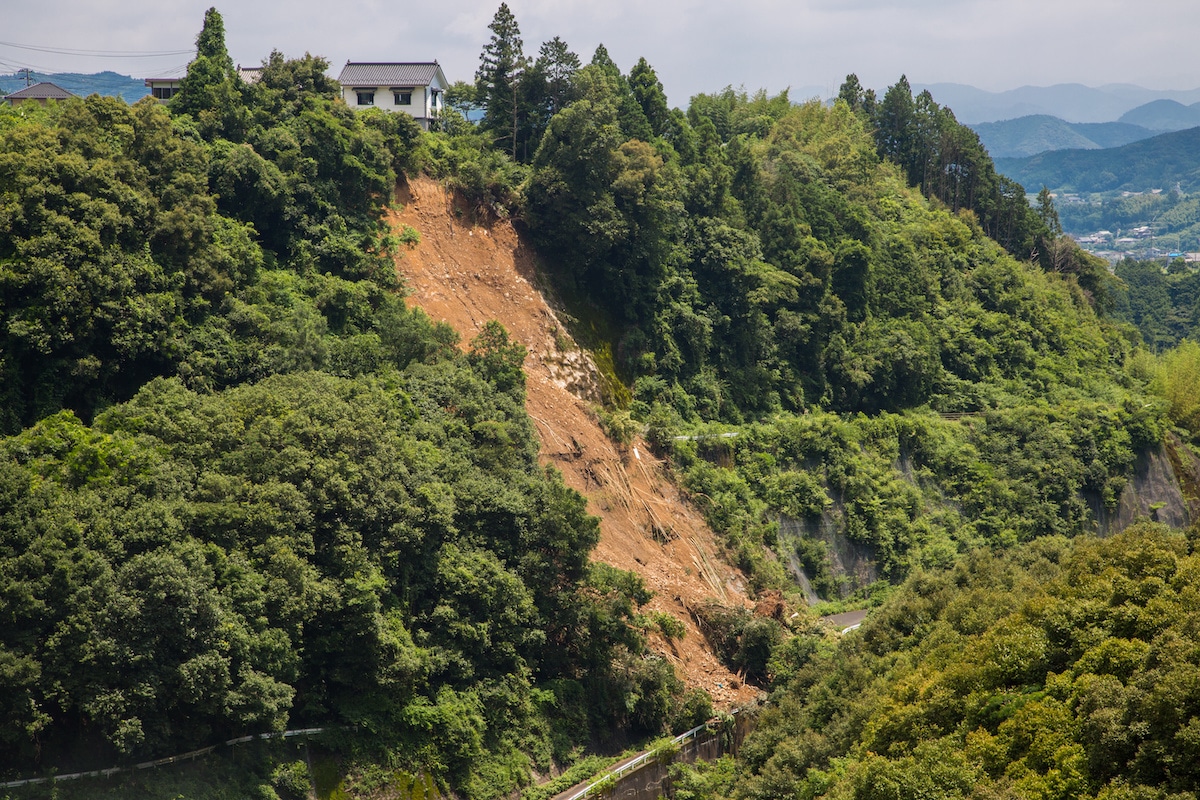What We'll Cover
If you’ve never been fishing before, fly-fishing is a good way to start. Experienced fishermen will recommend starting this way, despite the popular belief that fly-fishing isn’t easy. Once you have everything you need to get started, nothing can stop you.
Obtaining Fly-Fishing Gear
Obtaining the basic pieces of fly-fishing gear is the first step to enjoying this pastime. The pieces of equipment you need for your tackle box are a fly line, rod and reel. The higher quality they are, the more you will get out of the experience. Ideally, you want to purchase a fly line in the ideal shape, length and weight. A braided fishing line is also a good option to consider. All of these features factor into how successful you will be at catching fish. The weight of a fly-fishing line is evenly distributed according to its length. The 30 feet at the front of the fly line is what determines its weight.
Fly Fishing Rod
The rod you choose should depend on where you plan to use it. For example, if you want to fish in small streams, the rod should be between six and eight feet long. For larger rivers and any bodies of saltwater, the better choice is a rod that is nine feet. You also need to take the weight of the rod into consideration. It is recommended that beginners start with a rod of five or six pounds.
Fly rods come in two-, three-, and four-piece versions. The two-piece version is the most common choice for those just getting started with fly-fishing. The reason for this is that most new fly-fishermen stick close to home. If later on you choose to branch out and go fishing away from home, you may want to purchase a three- or four-piece rod.
Fly-Fishing Reels
Most fishermen will use an automatic fly reel. It includes a mechanism with a coiled spring that lets you reel in the fish you catch. The drawbacks to an automatic fly reel are its weight and the fact that it limits the capacity of the fishing line. However, even with those drawbacks, automatic fly reels are used more often than the manual version.
Tips For Fly-Fishing
- Practice as much as you can
- Take advantage of the selection at fly shops
- Be aware of what you are doing
- Handle the fish you catch carefully
No matter how high quality the equipment you are using is, it can take some time to get the hang of casting your line. However, you can practice casting even if you aren’t anywhere near the water. You can practice doing this in your own backyard until you are comfortable with it. If you can perfect one or two ways to cast your line, you will have much better luck when you go fishing.
Find the fly shop closest to where you live and familiarize yourself with it. By talking to the shop employees, you will be able to learn everything you need to know before you embark on your first fishing trip.
Stay Safe and Enjoy Fly-Fishing
When you are ready to go fly fishing, make sure you are paying close attention to your surroundings as you would if you went surf fishing or ice fishing. The best way to have a safe experience is to watch the movement of the water and make sure you stand still when you are casting your rod. You also need to pay attention to how you handle the fish once you catch them. Do not handle dry fish, as you can hurt yourself if you hold a fish like trout, which has soft scales.
The responses below are not provided, commissioned, reviewed, approved, or otherwise endorsed by any financial entity or advertiser. It is not the advertiser’s responsibility to ensure all posts and/or questions are answered.



![Best Archery Sets This 2023 [Men & Women]](/assets/images/8cf78150f1d9d7a0c175609145d21517.png)

